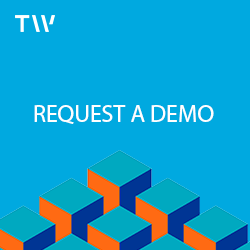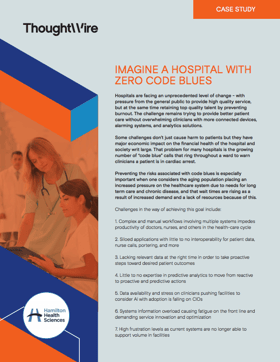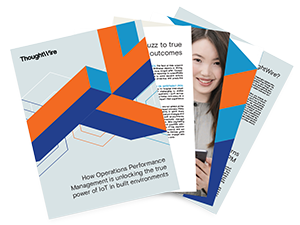Artificial Intelligence, machine learning, automated medication dispensing, robotic surgery, self-driving trolleys, computer-aided diagnosis. It amazes me that concepts like these are no longer futuristic ideas but rather have made their way into our everyday lives and conversations.
With so much focus on computer assistance and automated processes, it’s easy to get caught up in disruptive technology - who doesn’t want to do less work? The truth is, people are generally reluctant to let a system fully take over, especially when critical decisions need to be made with high risk consequences. This is extremely evident in the healthcare sector where clinicians have no desire to relinquish their clinical judgement. So how does technology find success in a sector with so much resistance?
Just because a process is automated doesn’t mean it will become more effective or have better outcomes. In fact, a poorly automated process that doesn’t consider clinician judgement or clinical workflows, will promote the opposite.
Take the case of barcode medication scanning, a process where clinicians scan barcoded patients and medication packages to ensure that all the ‘Rights’ of medication administration are observed - the right person, the right drug, the right dose, the right route, the right time etc. It seems like a reasonable workflow to automate to reduce medication administration error, yet this automation is often met with workarounds that can increase error. One reason is because this automation changes the medication administration workflow significantly, requiring nursing staff to break their habits and patterns – not an easy thing to do. Another reason is related to the preparation of the medication; it is much quicker to have all the medication poured out ahead of time then to be fumbling with packages at the patient bedside.
When automation targets ‘human middleware’, that’s when its true value can be realized in the healthcare space; example of human middleware – a nurse transcribes a handwritten doctor’s order into the patient’s electronic chart. This is where the gold mine is at - inefficiencies from redundant processes or steps that have no clinical judgement needed. What clinicians are looking for in a tool, is something that assists, not replaces, their decision-making process.
What does the phrase ‘the right information to the right people at the right time’ even mean and what does it look like in a technical solution? Well, let’s take a look at the portering capability of ThoughtWire’s SynchronizedOps product. When a porter (transporter) needs to pick up a patient to take them down for an X-ray, wouldn’t it be great if they knew what equipment they needed to complete that task? Information like if the patient is on an IV or oxygen and needs a pole or tank, or if they need a stretcher or wheelchair so the porter can gather the equipment beforehand. Better yet, let’s just have the solution inform the porter that the closest stretcher is 30 meters away, by leveraging the capabilities of a Real-Time Location System.

At the core of a well-crafted healthcare solution is a patient centric and end-user centric design. The solution should take into consideration how clinicians will interact with it, while also ensuring that the patient satisfaction and patient outcomes are met. Now, you may be wondering, how can two different entities both be at a center, how do you design for that? It’s easily accomplished when you recognize that these aren’t separate entities - they co-exist with each other. Everything a clinician does is for the patient, and the patient’s satisfaction and outcomes is based on the care they receive. This principle of ‘Semantic Relatedness’ – relationships between terms and entities – is at the core of ThoughtWire’s Suite of Apps and its platform ‘Ambiant’.
There is a lot to consider when planning for automation and digital solutions in the healthcare space, workflow choices, critical judgement considerations, and design principles. The bottom-line? It’s got to be the ‘Right’ tool

About the Author
Dan Nguyen is a Delivery Consultant at ThoughtWire - with a clinical background and interest in process/outcome improvement through technology. Dan is a Registered Nurse holding a Master's degree in Health Informatics.






